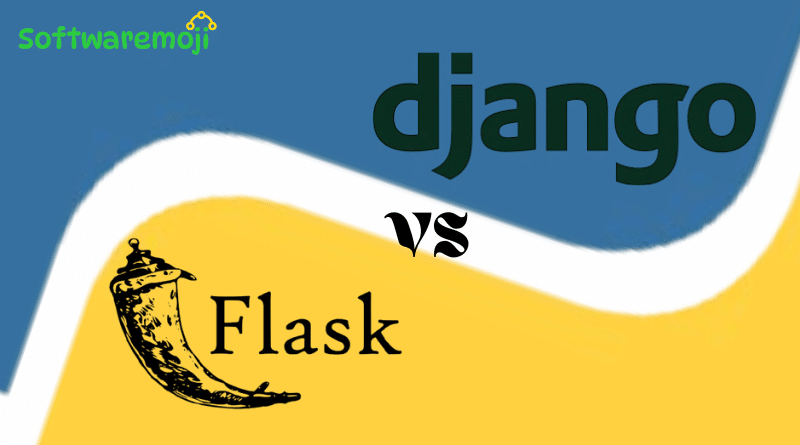
👉Flask vs Django Introduction
Flask vs Django : When it comes to Python web development, Flask and Django are two prominent frameworks that developers often consider. Flask vs Django Understanding their differences, strengths, and weaknesses can help you choose the right tool for your project. Flask vs Django Below is a comprehensive comparison of Flask and Django.
👉What is Flask?
Flask is a lightweight micro web framework that is designed for simple yet powerful web applications. It offers minimal boilerplate code, making it easier for developers to build apps quickly. Flask relies heavily on extensions for additional functionality like form validation, database integration, and authentication systems.
👉Key Features of Flask:
- Integrated support for unit testing
- RESTful request dispatching
- Jinja2 template engine support
- Based on Werkzeug toolkit
- Secure cookie support (client-side sessions)
- Extensive documentation for developers
- Easy deployment in production
👉What is Django?
Django is a high-level Python web framework that encourages rapid development with a clean and pragmatic design. It is built with a comprehensive set of features to simplify web application development.
👉Key Features of Django:
- Model-View-Controller (MVC) architecture
- Predefined libraries for complex tasks
- Support for multiple databases
- Cross-platform compatibility
- Built-in tools for site optimization and security
- Multi-language and multi-character support
- Comprehensive documentation and tutorials
👉Key Differences Between Flask and Django
| Attribute | Flask | Django |
| Launch Year | 2010 | 2005 |
| Framework Type | WSGI framework | Full-stack web framework |
| API Support | Supports APIs | Limited API support |
| Dynamic HTML | Does not support dynamic HTML | Offers dynamic HTML support |
| Database Support | Multiple database support | Limited to specific databases |
| Forms | Uses WTForms for form integration | Built-in form support with ORM integration |
| Routing | RESTful URL dispatcher | Controller-regex URL dispatcher |
| Flexibility | Highly flexible platform | Structured and conventional framework |
| Third-Party Support | Limited third-party apps | Extensive third-party app support |
| Popularity | Popular in startups and small apps | Widely used in large-scale projects |
👉Advantages of Flask
- Lightweight and flexible
- Ideal for quick prototypes and small applications
- Simple project structure
- Easy integration with new technologies
- High compatibility with latest tech tools
- Minimal codebase for streamlined maintenance
👉Advantages of Django
- Rapid development with extensive built-in features
- Secure framework with strong protection against vulnerabilities
- Suitable for complex, database-driven websites
- Strong community support with rich resources
- Comprehensive admin interface for easy project management
👉Disadvantages of Flask
- Limited support for larger applications
- Requires additional libraries for complex features
- Less robust security features compared to Django
- Maintenance of large-scale projects can be challenging
👉Disadvantages of Django
- Higher learning curve for beginners
- Codebase can be bloated for small projects
- Template engine may be restrictive for some developers
- Auto-reload restarts the entire server, causing delays
👉Companies Using Flask
Some major companies using Flask include:
- Netflix
- Uber
- Lyft
- Airbnb
👉Companies Using Django
Popular companies using Django are:
- Spotify
- Mozilla
- NASA
👉Flask vs Django Which Framework Should You Choose?
Flask vs Django
- Choose Flask if you need a lightweight framework for building simple web applications, prototypes, or RESTful APIs.
- Choose Django if you require a comprehensive solution for developing large-scale, database-driven applications with enhanced security and scalability.
